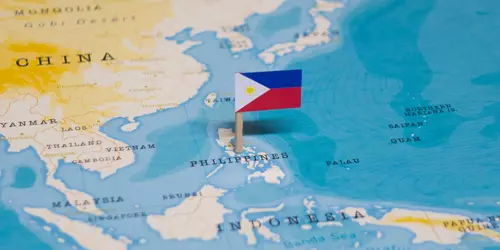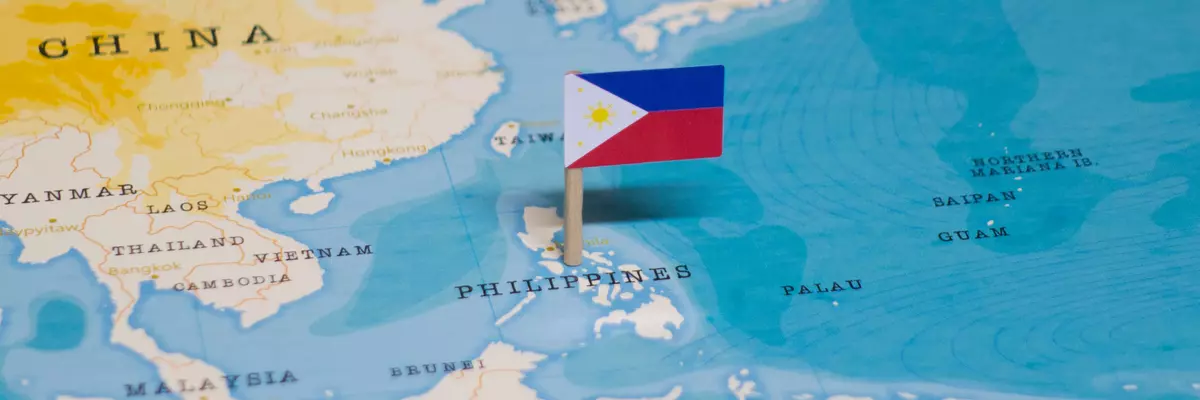The climate year of Philippines
The Philippines are found in the western Pacific Ocean and belong to Southeast Asia. The climate in the Philippines is quite different in the individual regions. Here, a distinction must be made between the monsoon-independent and the ever-humid regions. The southern part of the Philippines is located in the ever humid tropics. Temperatures and precipitation are the same here all year round with small fluctuations. The northern islands, however, are under the influence of the southwest monsoon. In the period from June to October, heavy rainfall is common there. This is followed by a cool dry season from November to February. The period from March to May is called the warm dry season.
General information about Philippines
Vacationers love the Philippines for its beautiful island landscapes and the fantastic diving areas. In addition, however, there are also some cultural attractions. In this respect, especially the largest island of the Philippines Luzon and its capital Manila are very interesting. There are numerous attractions on each of the islands, which are UNESCO World Heritage Sites. In the north, the rice terraces of Banaue are very popular with tourists. A little further north, on the west coast, is the old town of Vigan. Another highlight is in the province of Pizal. There tourists can find the Angono petroglyphs. The origin of these stone engravings is still unknown, but they are important archaeological finds that belong to the national heritage of the islands.
Tourism Philippines
The climatic year is quite different in the Philippines as already mentioned. However, the differences are mainly expressed in the statistics of rainfall. These are especially in the summer north very strong. Temperatures, on the other hand, are constant throughout the year in almost all parts of the region. Monthly values vary only slightly, ranging from 25 to 29 degrees Celsius. Even at night there are often warm 20 degrees. During the day, peaks of up to 40 degrees Celsius are sometimes measured in April. Humidity is very high in large parts of the island, which can make for an unpleasant sultriness when there is little wind. The best time for tourists to travel is during the cold dry season between November and February. When it gets cold in our latitudes, like temperature values there are still in the summer range and the rainfall has decreased. Diving and beach visits are therefore quite possible. And besides, vacationers can enjoy the great landscapes and many tourist attractions. Between March and May, the rain stays away, but then it becomes uncomfortably hot.



